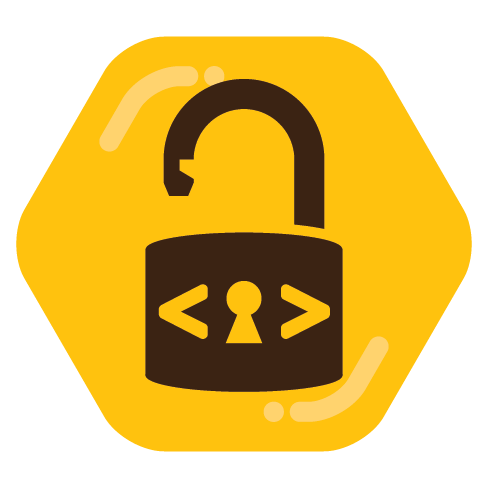

i loathe the idea of giving google more money
If you don’t mind used or open-box phones, you could pick up a used (and more critically, carrier unlocked) Pixel off ebay, if you want to deprive them of revenue.
Unfortunately some carriers like verizon will not automatically unlock the bootloader even after unlocking the carrier restriction, so buying a used one that wasn’t factory unlocked from Google could be a slight gamble.











From what I understand, the limitation in speed/scalability for lemmy/piefed/mbin is the database, not the back end language, so the specific language used appears to matter much less than it would seem.
Piefed has some some pretty great features over lemmy, but for the sysadmin side of things, it has a noticeable improvement regarding network resource usage, and potentially raw speed.
Piefed also appears to be less buggy overall. As an example, Lemmy has suffered from a persistent memory leak that’s been around for years, with no fix in sight. You can see the opinion of our sysadmin who has been running slrpnk.net (lemmy instance) for 5 years now to find that just because lemmy is built in a memory-safe language, it doesn’t automatically translate to a good experience.